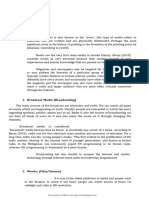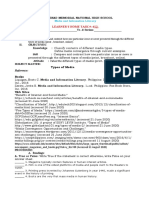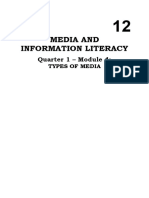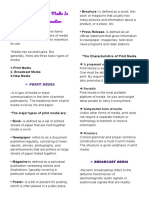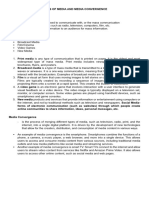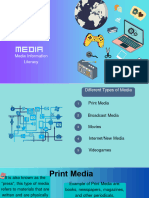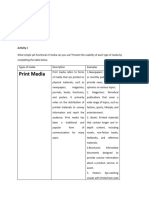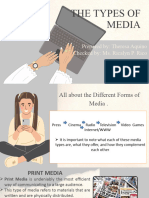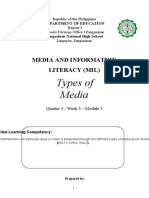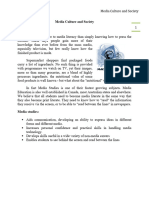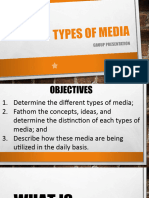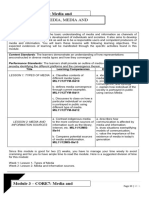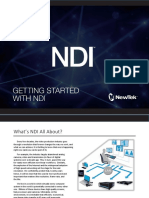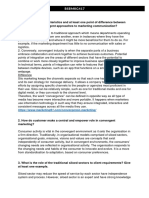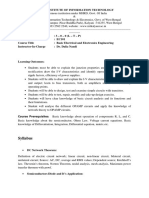0% found this document useful (0 votes)
19 views2 pagesTypes of Media
The document outlines various types of media, including print, broadcast, internet, and video games, highlighting their evolution and accessibility. It discusses media convergence, which integrates multiple formats into single devices, and classifies media into categories such as print, non-print, electronic, and audiovisual. Additionally, it emphasizes the role of educational media in different formats for knowledge dissemination.
Uploaded by
glennroacambaCopyright
© © All Rights Reserved
We take content rights seriously. If you suspect this is your content, claim it here.
Available Formats
Download as DOCX, PDF, TXT or read online on Scribd
0% found this document useful (0 votes)
19 views2 pagesTypes of Media
The document outlines various types of media, including print, broadcast, internet, and video games, highlighting their evolution and accessibility. It discusses media convergence, which integrates multiple formats into single devices, and classifies media into categories such as print, non-print, electronic, and audiovisual. Additionally, it emphasizes the role of educational media in different formats for knowledge dissemination.
Uploaded by
glennroacambaCopyright
© © All Rights Reserved
We take content rights seriously. If you suspect this is your content, claim it here.
Available Formats
Download as DOCX, PDF, TXT or read online on Scribd
/ 2
